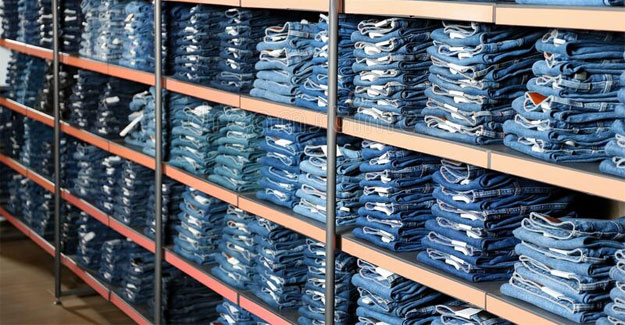
Like It Or Not, Apparel Supply Chains Have Changed
The more I consider the current state of global supply chains, the more I feel that they are a relic from a different time. That's not to say they can't be resuscitated, or reinvented, but I think even the most cynical of us in the industry recognise that it's time for an overhaul. The engine ran admirably over the years, only to have blown a gasket during the pandemic. It's time for a repair and tuneup. And a reimagining. We have shortages in products, labour, and available shipping capacity. And then we have higher costs incurred by exporting and importing companies. Port delays. Here's a question: how many container ships can be stuffed into the Port of Long Beach? Answer: not as many as you'd like! Apparel supply chains — The desert of the real It's not the fault of the shipping lines or sourcing companies. The systems in place prior to pandemic were not built to handle the pressures placed on it by a global calamity. Global supply chains were designed to be smoothly efficient, with maximum cost effectiveness. Such systems were designed to mitigate if not eliminate the friction of global supply and distribution. And they worked well. Until they didn't. Frankly, there’s a lot of blame to go around, but we need more than blame to right the ship. Welcome to the desert of the real. Yeah, I borrowed that line from the film "The Matrix." But it resonates with me when I consider the state of global trade. I've heard a lot of people try to put a pretty face on the situation - only that the reality is unavoidable, "The Matrix" not withstanding. But behind all of the problems plaguing global supply chains lies poor government policy, trade anxiety, an imbalance between supply and demand, and a lack of coordination that somehow undermines the system itself. It's more than a mess; it's a contagion that questions the fundamentals of open markets. Indeed, markets may be open and free to operate - until they come crashing down in a heap caused by forces beyond the system's control. Like a pandemic. A digestif for the industry on apparel supply chains So, what can be done? Here are some suggestions.
- Movement of immigrant labour. Made in USA, for instance, sounds great until it hits home that so many cut-and-sew jobs are filled by immigrants. But immigration restrictions have aggravated the problem. Besides, there are plenty of jobs that pay more and avoid factory work conditions. But so many consumers look for American-made clothing — it’s a growing market that needs to find a solution to its labour problem.
- Sourcing diversification. This is a biggie. For too long the industry relied on just one or two supplier countries for all of their products. The shipping issues become easier if product can be shipped from points closer to consuming markets. Trucking plays a key role here. Even so, many trucking jobs go unfilled. So it’s a step in right direction but will take time to implement.
- Adjustment of warehousing. Just-in-time delivery, although far from dead, needs fixing. Hence, the recent trend of moving warehousing closer to consuming markets. Indeed, proximity to market has become more important. But to do so, exporters of products will have to restructure their businesses to maintain more inventory, a tall order during challenging economic times.
- Reconsider older methods of sourcing. I recently met with a major clothing company about a full-package program. Typically, they would order such production from their office in Asia. But with all of the supply chain difficulties, they wanted to know if there was a US option. I said, yes there was, but their response was “Great! Because we don’t know how to source domestically.” Wow, it goes to show how things have changed. It will require companies to relearn what was retired years ago. It’ll be a process, that’s for sure.
Textile Excellence
If you wish to Subscribe to Textile Excellence Print Edition, kindly fill in the below form and we shall get back to you with details.








